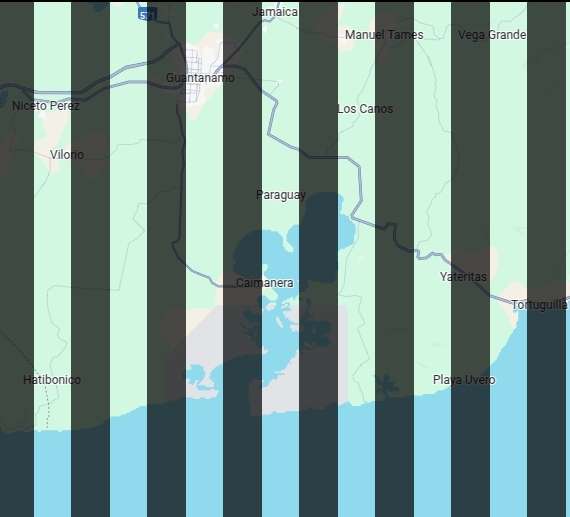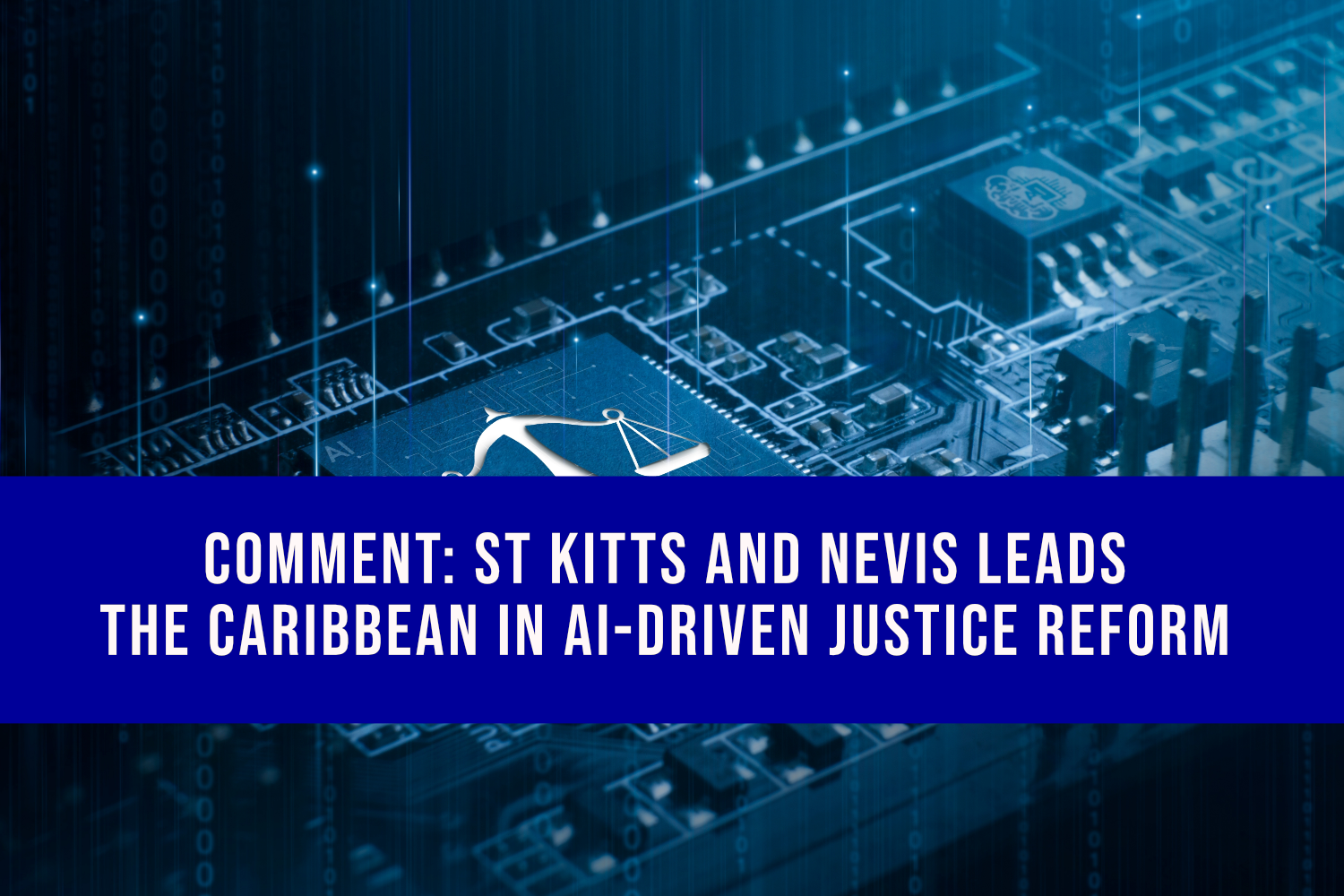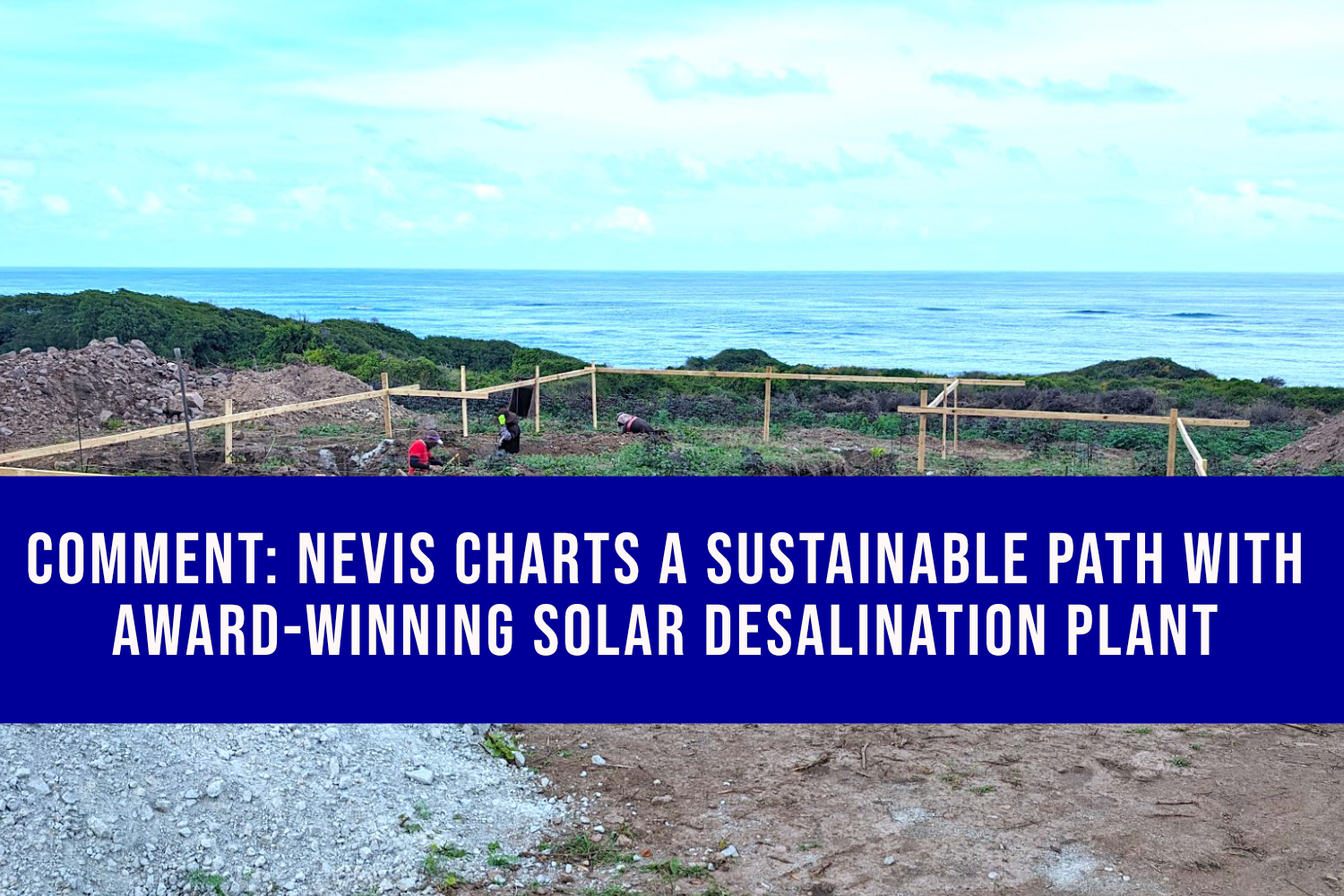Increased Transfer of High-Risk Detainees from the United States to the Guantanamo Bay Detention Facility.
The Guantanamo Bay naval base, a controversial site with a complex history, has recently become a focal point in the United States’ immigration enforcement strategy. Located on the southeastern coast of Cuba, the base has long been associated with the detention of individuals suspected of terrorism. However, its role has expanded to include housing migrants deemed “high threat” criminals, a development that has sparked criticism and legal challenges. This shift in the base’s function reflects the Trump administration’s hardline stance on immigration and its efforts to expedite deportations, particularly of individuals considered dangerous. The recent transfer of 17 migrants from Fort Bliss, Texas, to Guantanamo highlights this evolving role.
The arrival of these migrants, classified as “high threat,” marks a renewed use of the Guantanamo detention facilities after they were recently cleared of previous detainees. While the specific details of the charges against these individuals remain undisclosed, the decision to house them at Guantanamo underscores the administration’s commitment to utilizing the base for immigration enforcement purposes. The lack of transparency surrounding the identities and alleged crimes of these detainees has raised concerns among human rights organizations and legal advocates, who argue that such secrecy undermines due process and hinders efforts to ensure fair treatment. The timing of the transfer, coinciding with Defense Secretary Pete Hegseth’s visit to the base, further emphasizes the administration’s focus on Guantanamo’s role in immigration enforcement.
Hegseth’s visit to Guantanamo Bay serves as a high-profile demonstration of the Department of Defense’s involvement in supporting the administration’s immigration policies. The visit’s objective is to assess the military’s contribution to mass deportations, a key component of the Trump administration’s immigration agenda. Hegseth’s itinerary includes briefings on operations at both the Migrant Operations Center and the detention facility, highlighting the dual purpose of the base in both processing and detaining migrants. The Pentagon’s statement regarding the visit emphasizes the importance of maintaining Guantanamo’s operational readiness and security, further solidifying its role in the broader immigration enforcement strategy.
Just days prior to the arrival of the 17 “high threat” migrants, Guantanamo witnessed the departure of a significant number of detainees. 177 migrants were deported to Honduras, with the expectation that the Venezuelan government would assume custody. This large-scale deportation reflects the Trump administration’s efforts to accelerate the removal of individuals deemed undesirable, with a particular focus on those identified as criminals. The assertion that a significant portion of these deportees were dangerous criminals, including alleged members of the Venezuelan gang Tren de Aragua, underscores the administration’s justification for utilizing Guantanamo as a detention and processing center.
The potential for Guantanamo Bay to become a major hub for migrant detention is evident in the significant capacity of its facilities. The base reportedly has the capacity to hold approximately 2,500 nonviolent detainees, with plans to expand this capacity to accommodate up to 30,000 migrants awaiting deportation. This substantial capacity reflects the administration’s anticipation of increased deportations, potentially stemming from heightened immigration enforcement efforts. The large-scale detention of migrants at Guantanamo raises serious concerns about human rights and legal protections, particularly given the base’s history and its association with controversial detention practices.
The use of Guantanamo Bay for immigration detention has drawn legal challenges from organizations such as the American Civil Liberties Union (ACLU) and other immigrant rights groups. These groups have filed lawsuits alleging that detainees at Guantanamo are being denied fundamental legal rights, including access to legal counsel prior to deportation. These legal challenges raise critical questions about the due process afforded to migrants detained at the base and the potential for violations of international human rights standards. The Department of Homeland Security’s rejection of these claims sets the stage for ongoing legal battles regarding the treatment of migrants detained at Guantanamo. The ongoing legal challenges highlight the complex ethical and legal issues surrounding the use of Guantanamo Bay as a migrant detention facility and the potential for human rights violations.
Share this content:












Post Comment